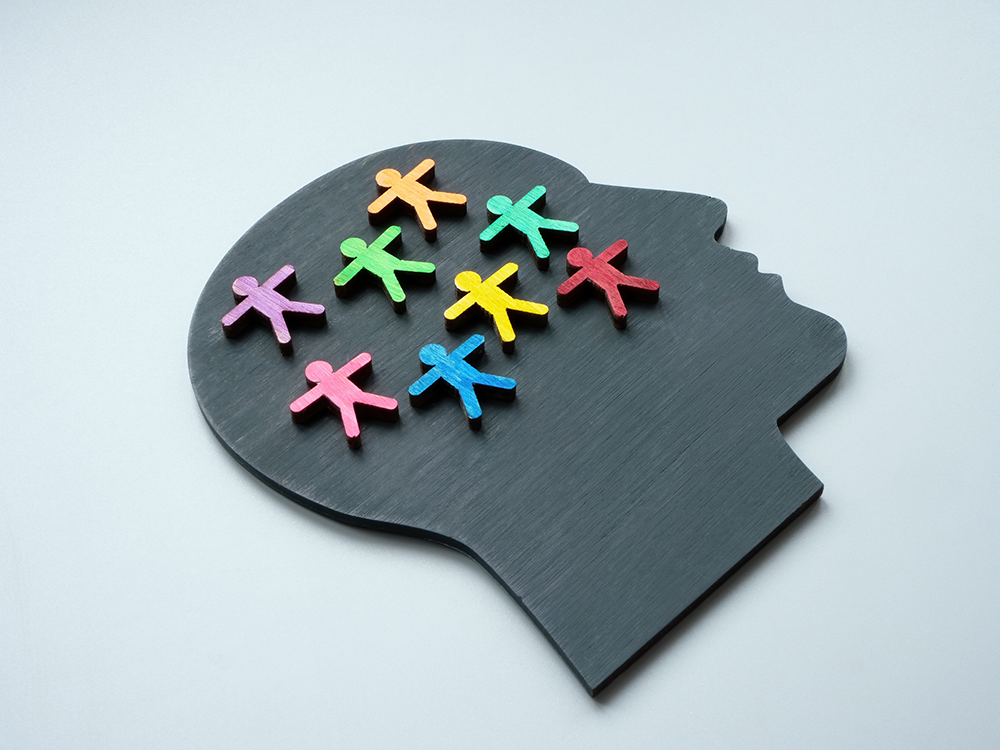The UK’s Worker Protection Act came into force last October; now is the time for all employers to act.
Last Sunday, it was a spectacularly beautiful spring day and so I decided to take my daughter to the park on my bike. I was so captivated by the blossom on the trees and the feeling of the warm sun on my skin, that I didn't take note of my route and suddenly I found myself not at the park, but outside the childminder's house. Oops.
How often are you on autopilot like this? Probably far more that you realise. A LOT more.
If I were to ask you how much of the brain's activity is conscious, you'd probably say "10%" (this is usually what people in my sessions guess).
It's actually MUCH less than this. Neuroscience research has shown that we receive 11 million bits of information every second and we can only consciously process 40 bits of it. This means that 99.999996% of the brain's activity is unconscious and the unconscious brain (that you are unaware of) processes 275,000 more information than your conscious brain. In effect, we're on autopilot most of the time.
How does this show up in the workplace?
Well, it means that most of our day-to-day activities will be habitual - such as who we talk to, the conversations we have, the way we communicate, the way we perceive our colleagues, how much time we spend with them, the way we go about tasks etc. And if you're a people manager, of course this will also extend to the way you engage with your team, delegate work and communicate with them.
Our brains are wired to feel more comfortable with similarity and to see difference as a threat, to be avoided. And neuro-imaging has shown that the same areas of our brain light up in response to social threats as they do survival threats - so we respond to threats in the workplace in the same way as we would respond to an hungry lion on the African savannah.
So how do our brains decide what is a threat? Our brains can't possibly process all of the data received so, sophisticated machines that they are, they draw on the unconscious biases, stereotypes and pictures in our minds to help us quickly filter the information. So it's no surprise that you're more likely unconsciously to favour the people who you connect with more easily - your "People Like Me" (PLMs) - in your day-to-day decisions. And of course, this means that you'll treat the people you don't connect with so easily (your "People Not Like Me" or PNLMs) less well - for example, you'll interact with them less often, spend less time with them, find it harder to trust them and be more likely to make negative judgments about them.
It's worth emphasising that this is entirely normal, automatic and we all do it. Bias is as natural as breathing - it's what keeps us alive. However, the impact of bias in the workplace is that it can prevent us harnessing the benefits of diversity, and can lead to some people feeling excluded and disengaged.
So what can we do to mitigate the negative impact of biases on our day-to-day decisions?
1. Realise and accept that we all have bias, so we can be more aware of it in ourselves and help others to do the same. If we are aware of and "surface" our biases, they are less likely to dictate our decisions.
2. Develop structured processes to help us more consciously make decisions. For example, structured interview processes in which there is consistency in the questions asked of each candidate, have been found to reduce bias relative to unstructured or free-form interviews. Without structure, people tend to rely on their "gut feeling" which is essentially being guided by their biases.
3. Priming people to focus on a particular bias, for example, in what ways they are a PLM and how this might be influencing their impression of them (favourably or negatively). As Nobel Prize winner Daniel Kahneman said: “The odds of limiting the constraints of biases in a group setting rise when discussion of them is widespread.”
4. Be accountable - think about how you would justify your decisions to a PNLM. Think about how they might perceive your behaviour or decisions. Even better, seek feedback from them (although of course the honesty of their response will depend on how you have contextualised your request, how safe they feel and how well you listen).
5. Identify a couple of biases that you want to focus on, and set regular aside time for reflection - be honest with yourself about the extent to which those biases have influenced your decision-making (both your "daily" and "critical" decisions). And if you can find someone to mentor or coach you on this, they may be able to help you to uncover some of your "blind spots".
Whilst we will never be able to change the way our brains are wired (and nor would be want to), what we can do is turn off the autopilot and start noticing the wiring. If we change our mindset to one of continual reflection and enquiry, we will be closer to leveraging the considerable benefits of workplace diversity.
Related Articles

Guest Q&A - Sarah and Hannah from BlueSky on motherhood in the legal profession

5 reasons workplaces should embrace neurodiversity, and learnings from Bahar Khorram vs Capgemini UK






